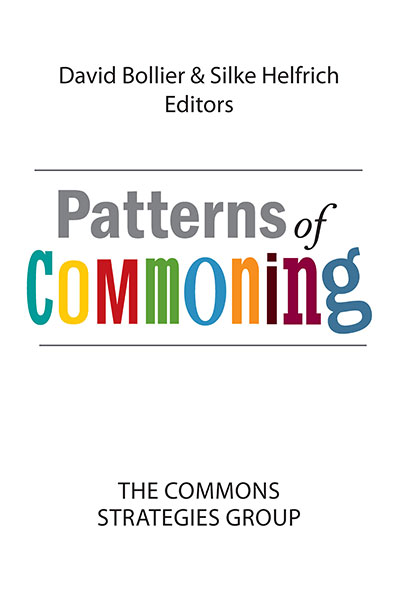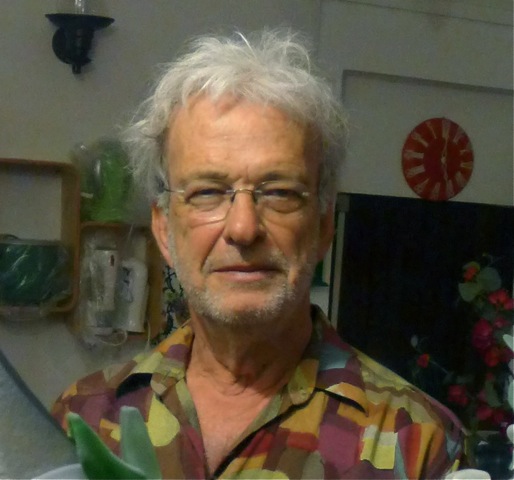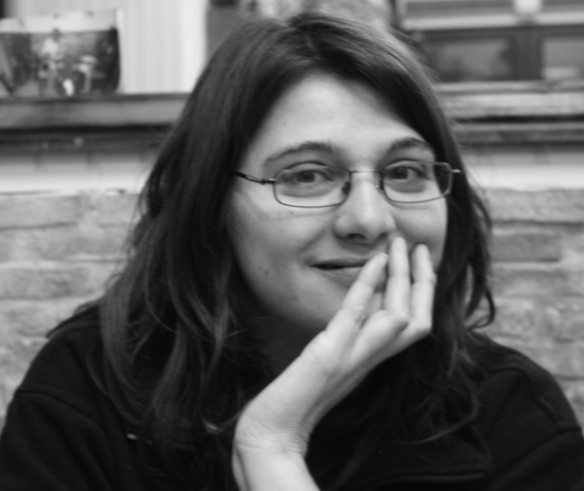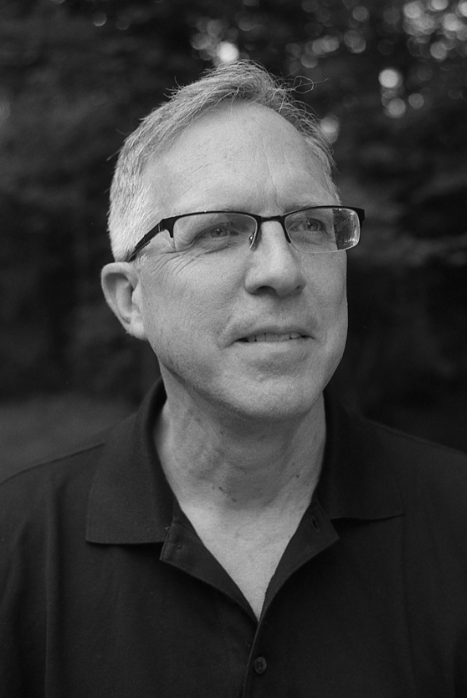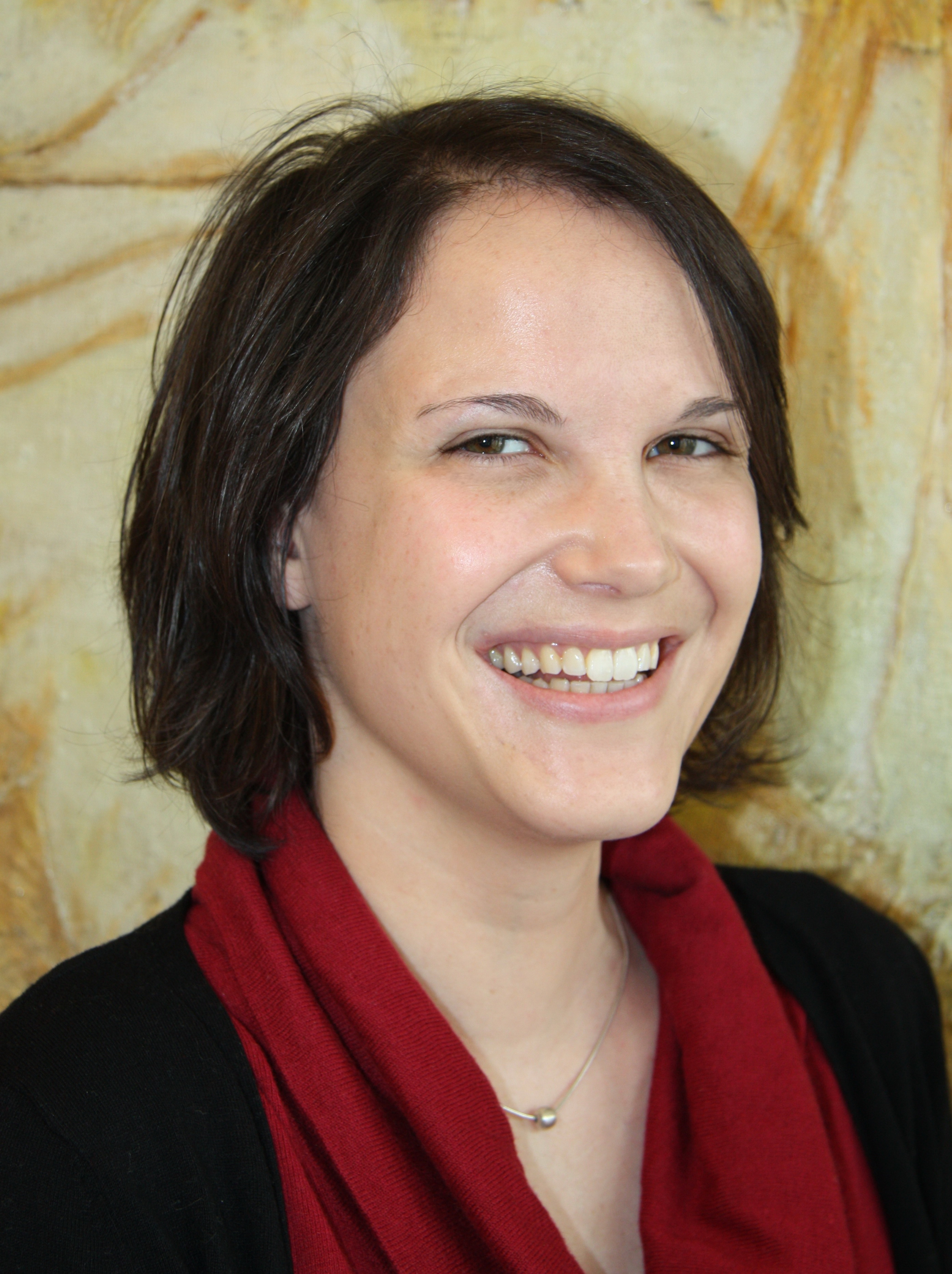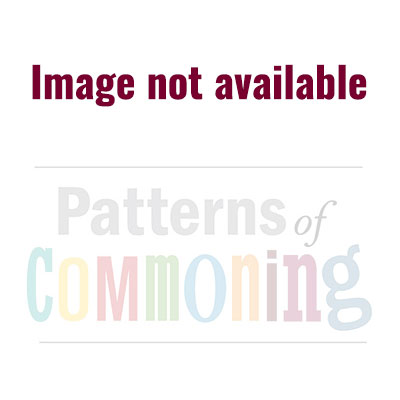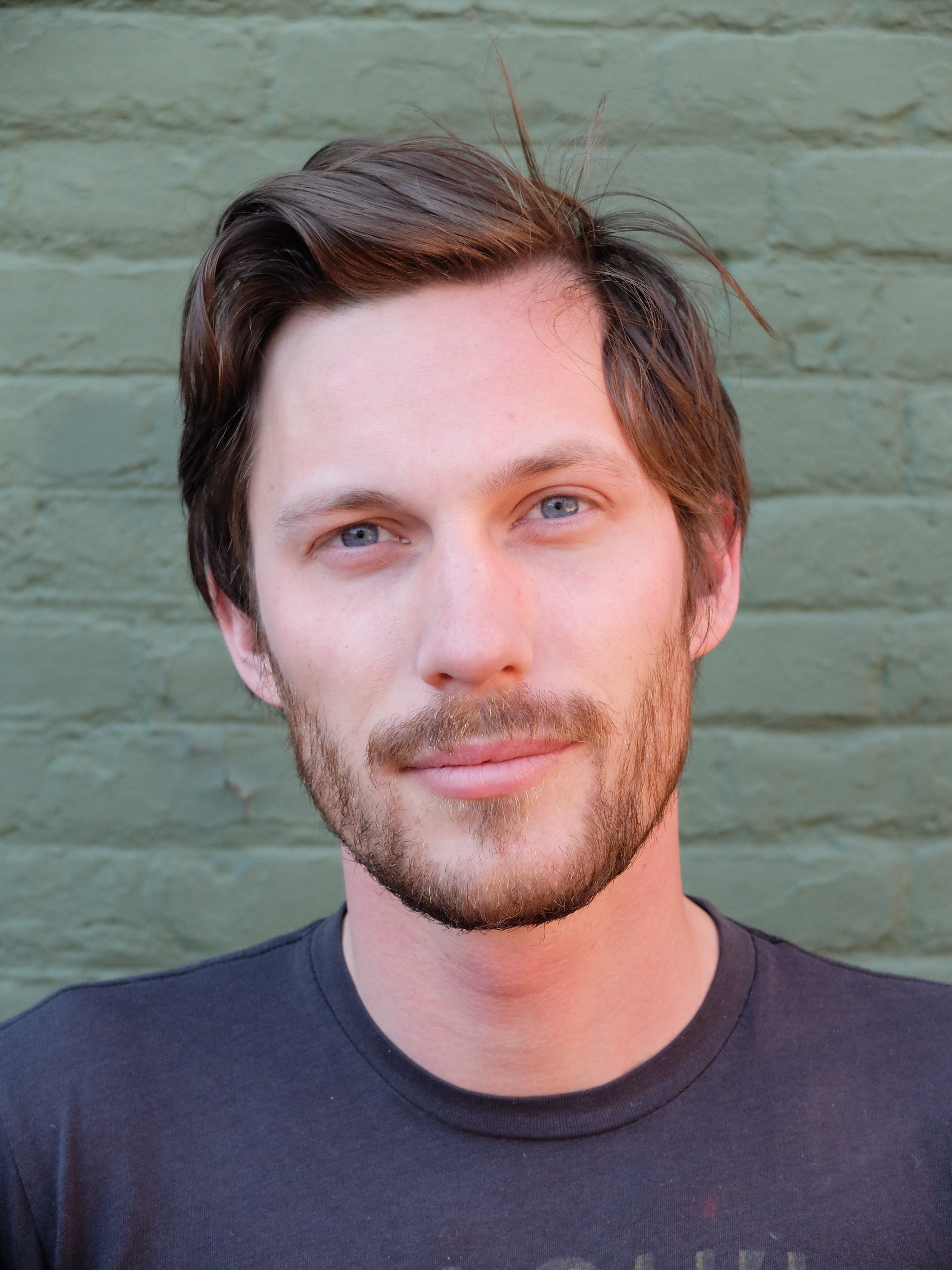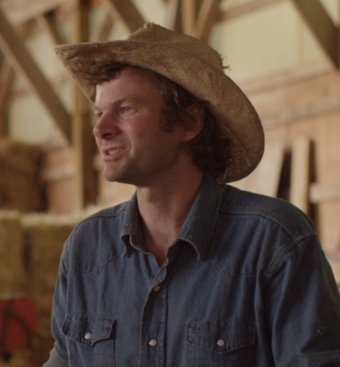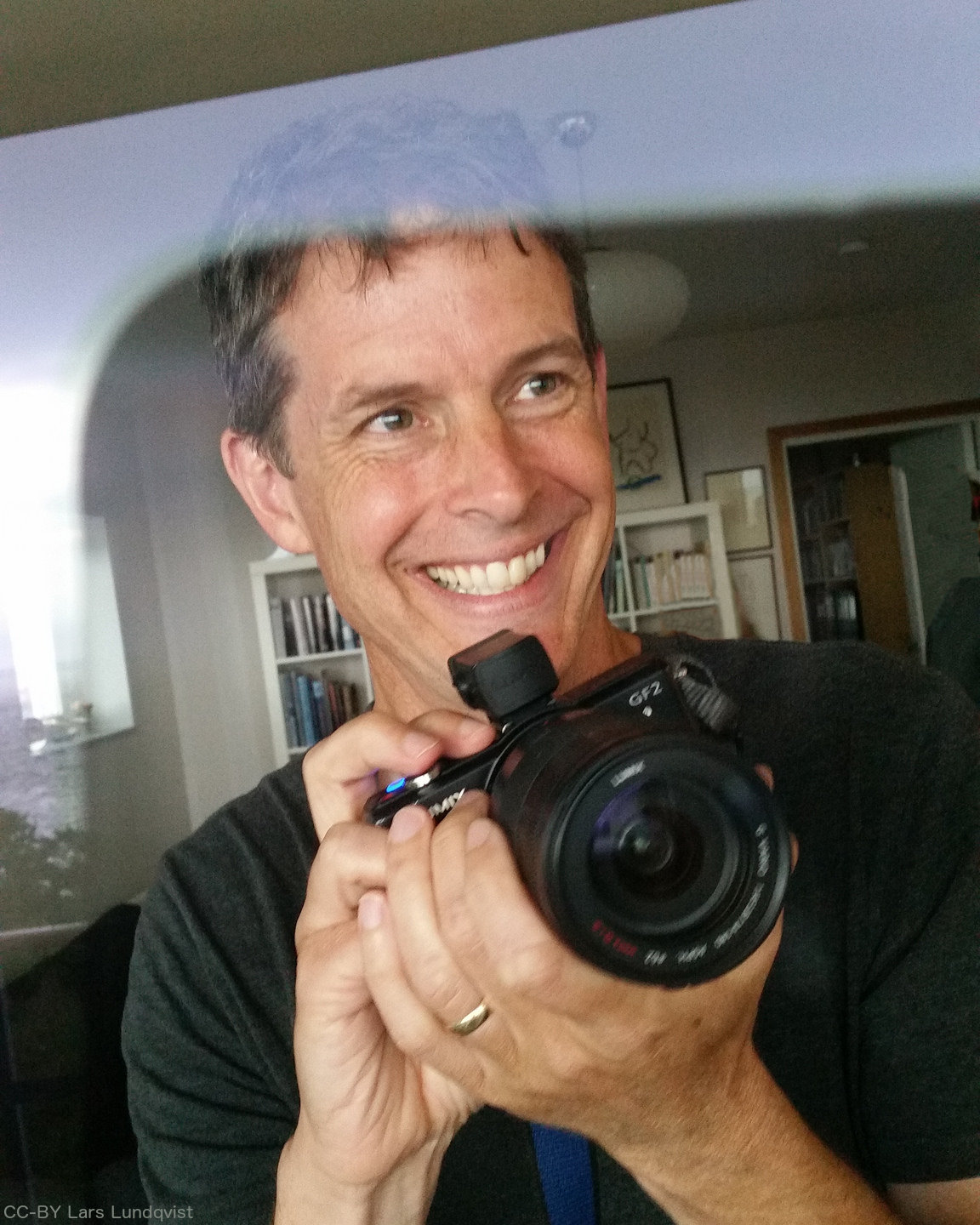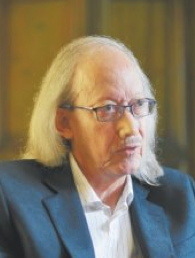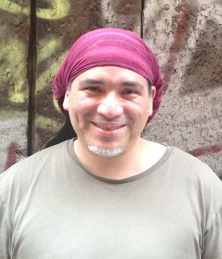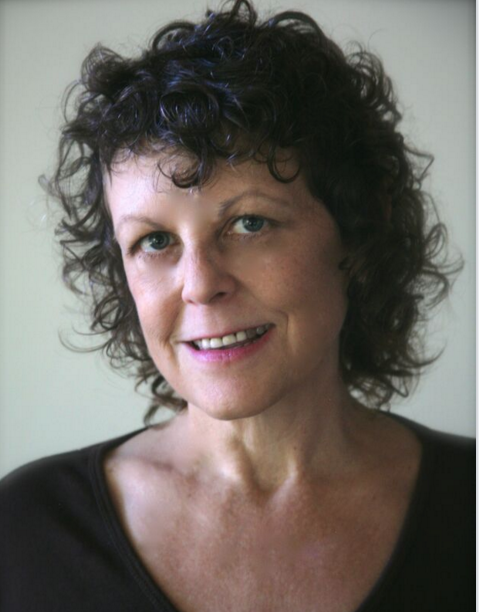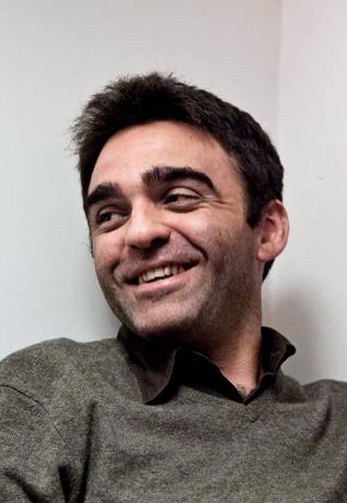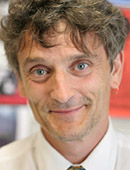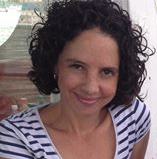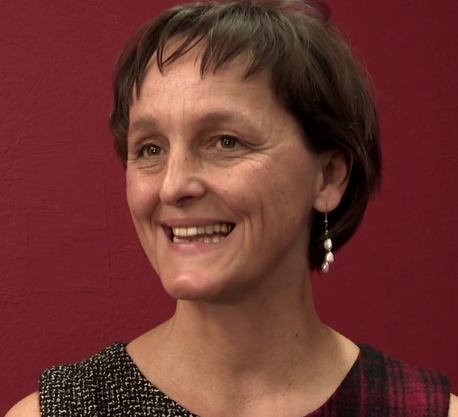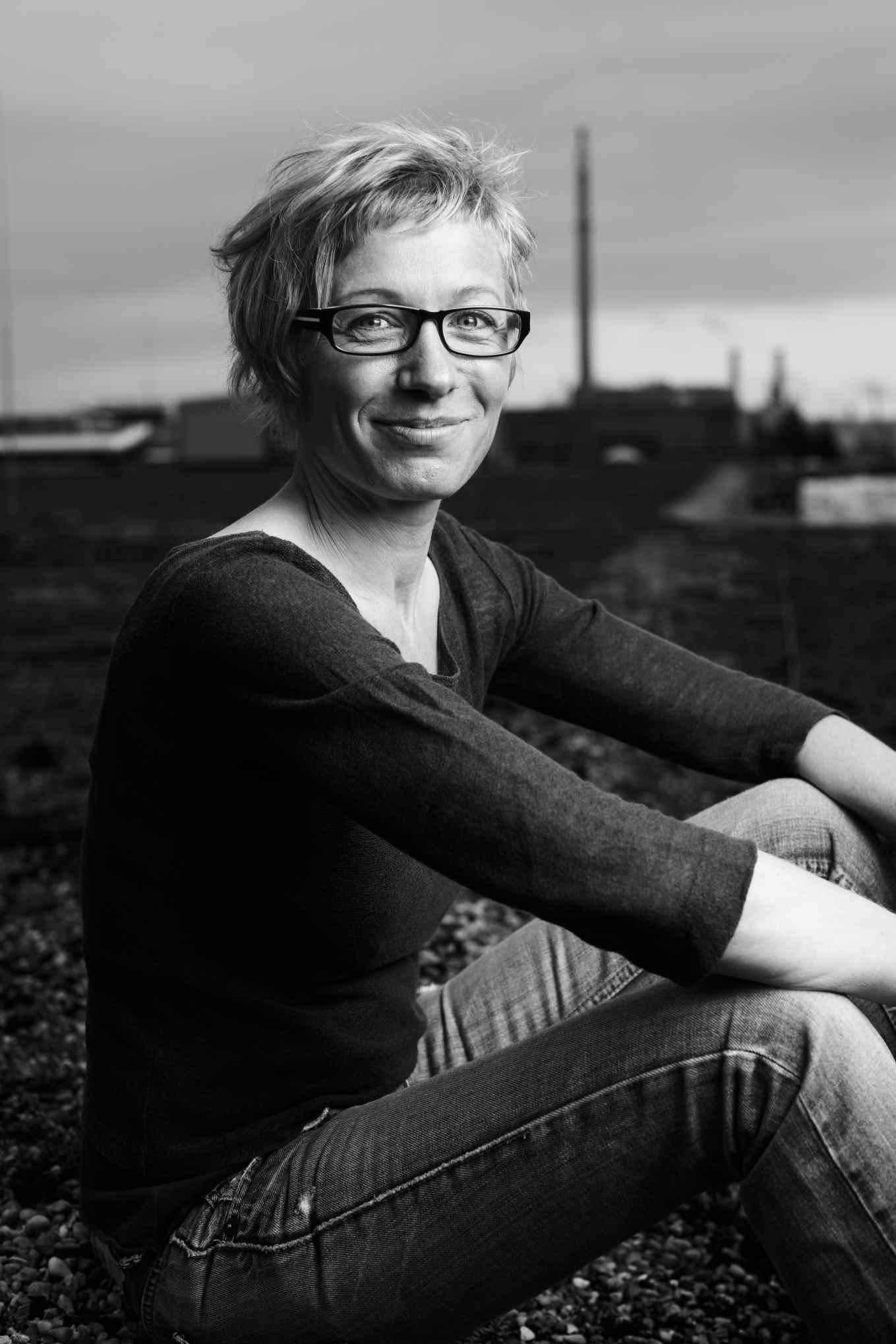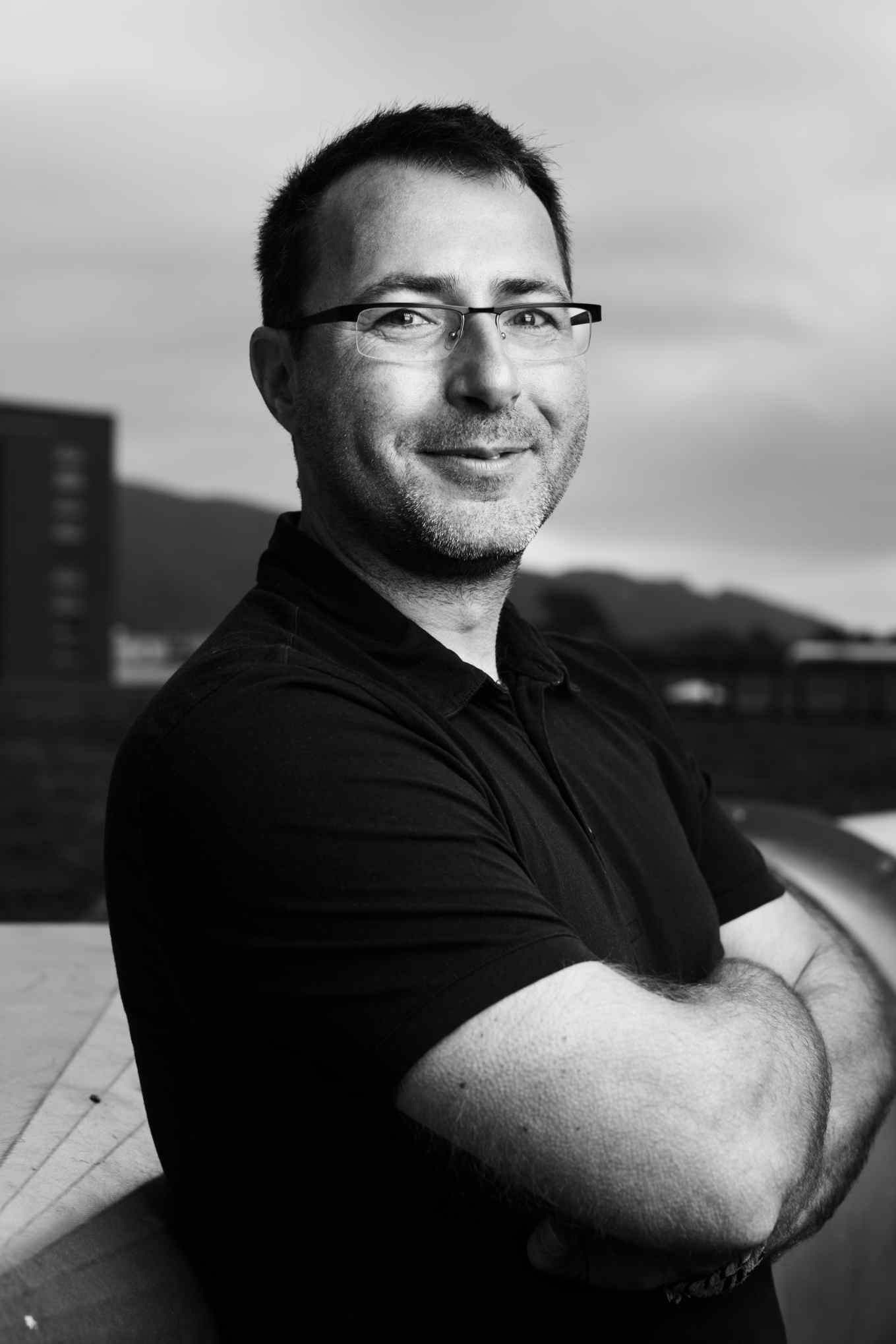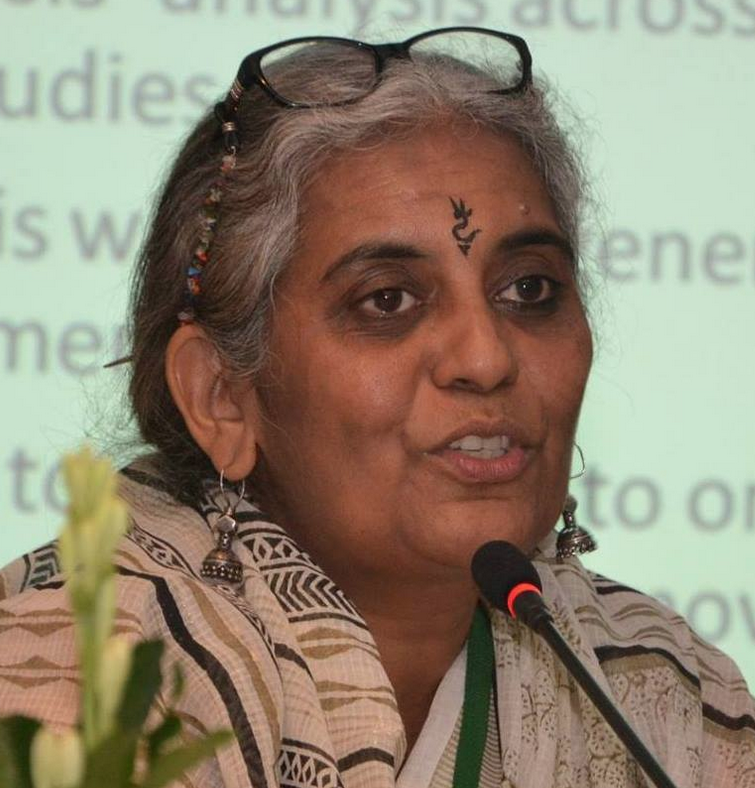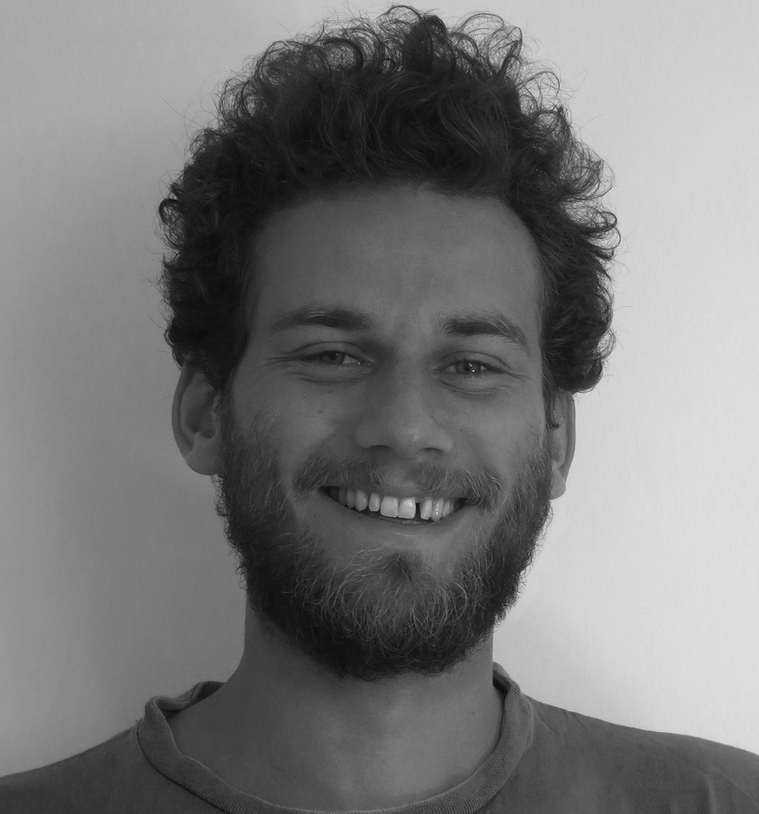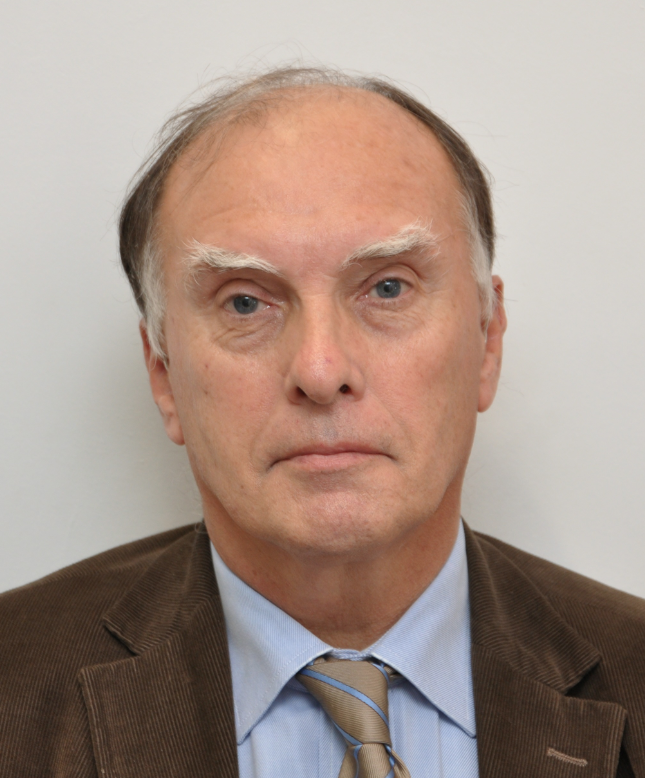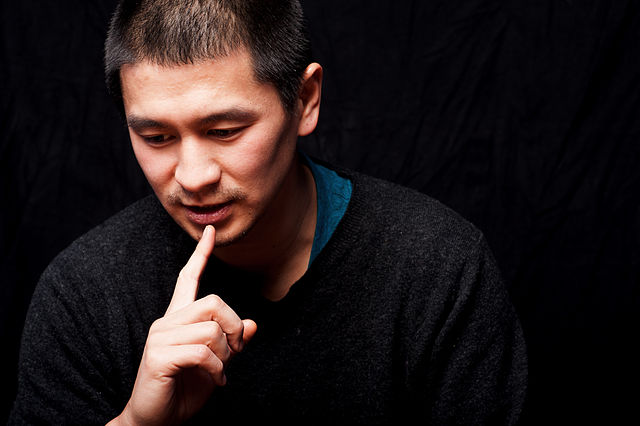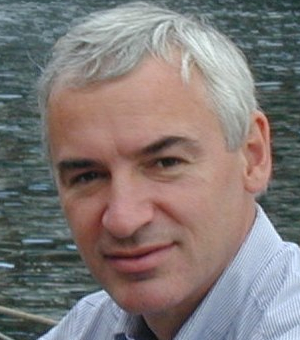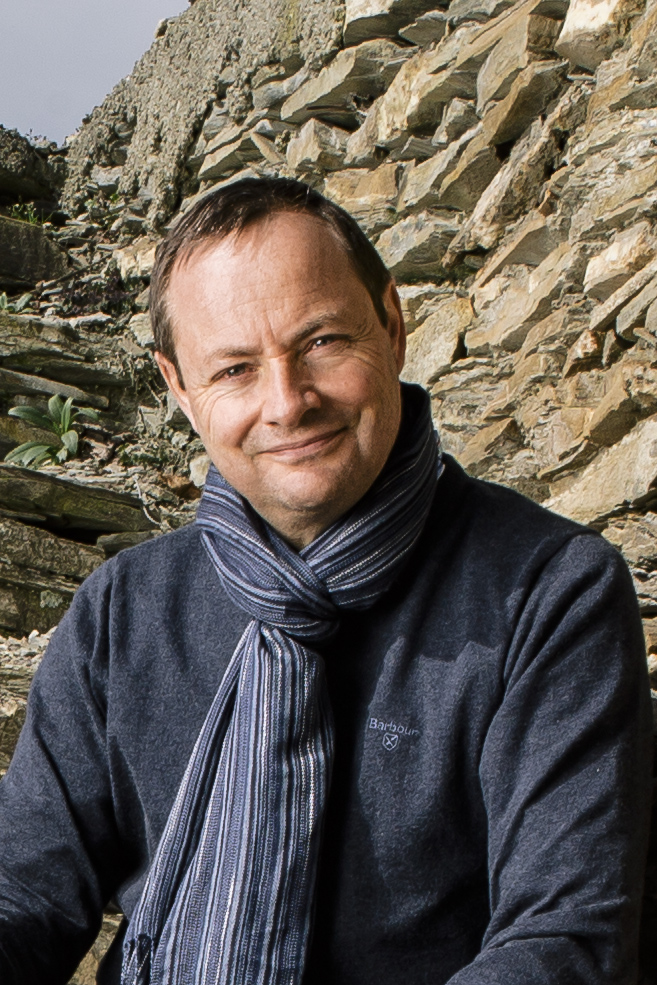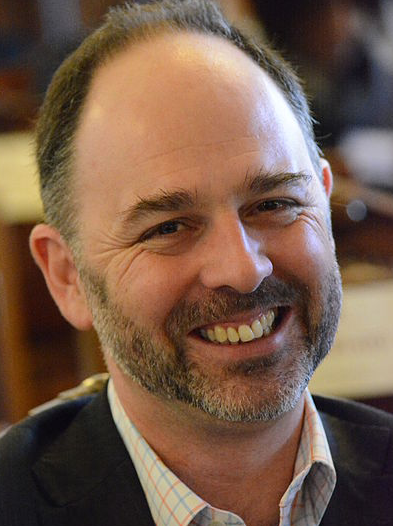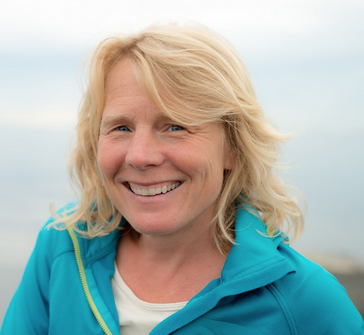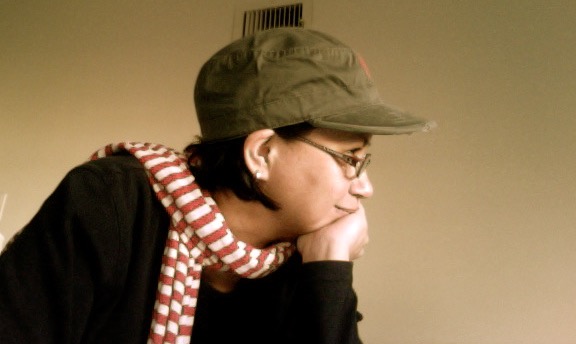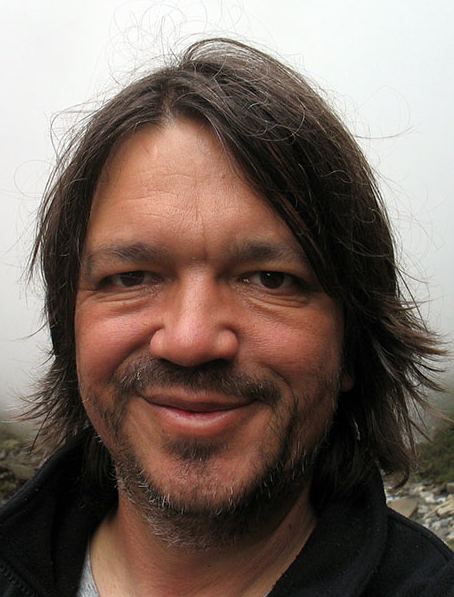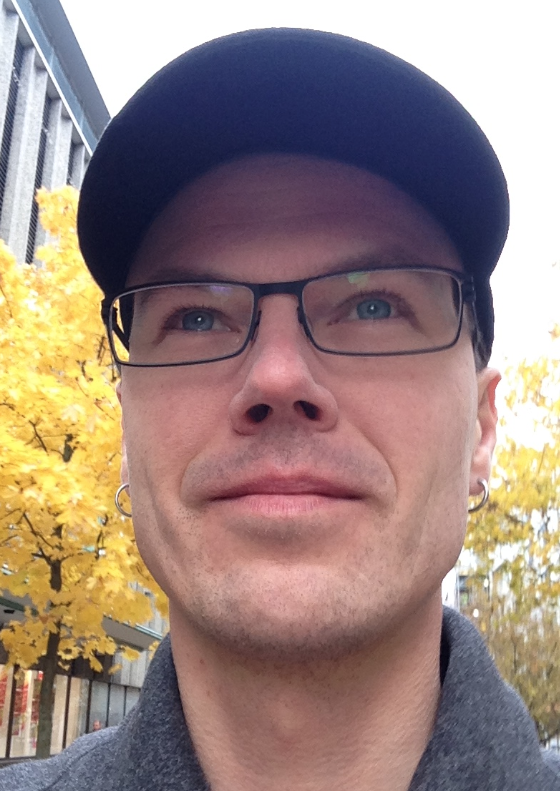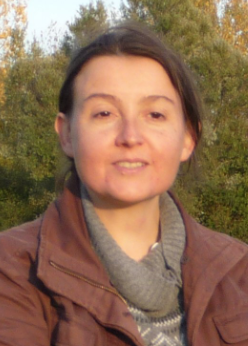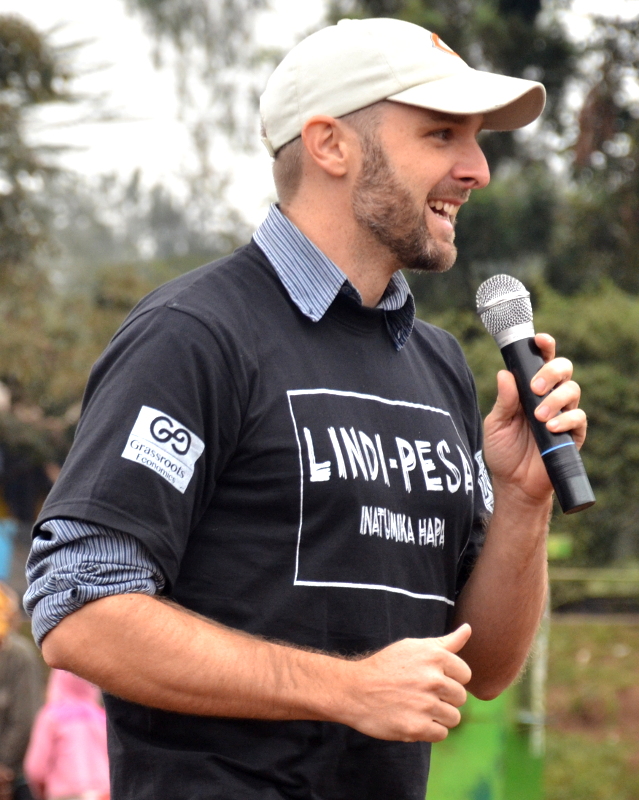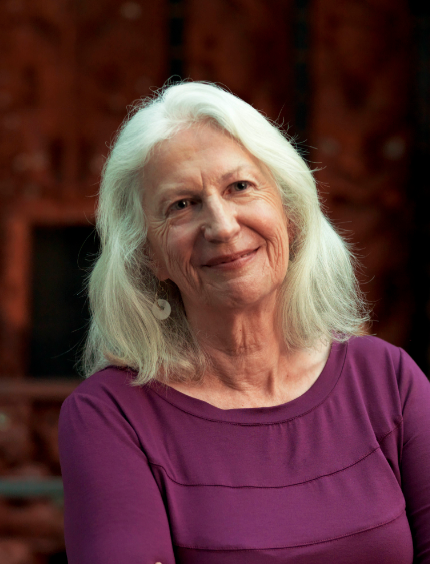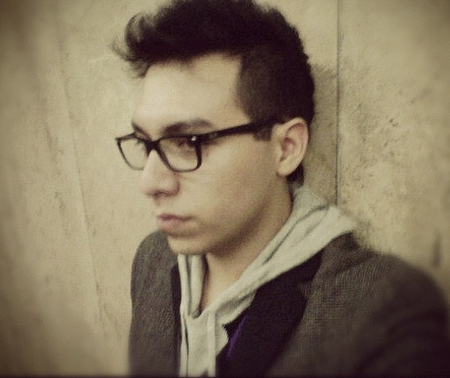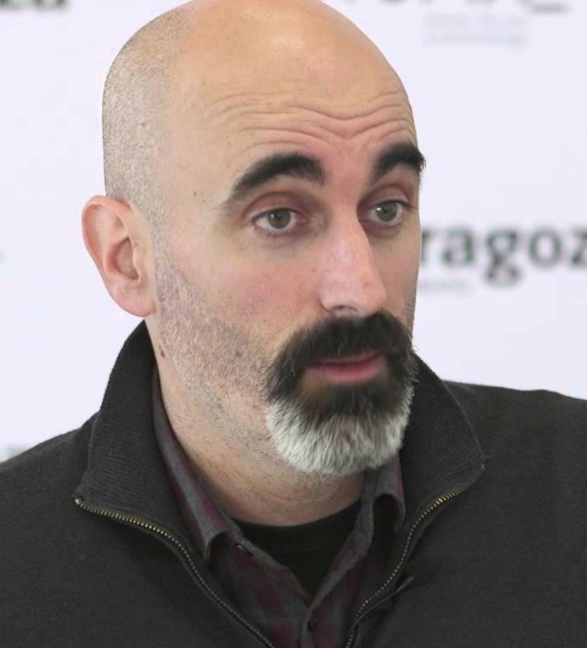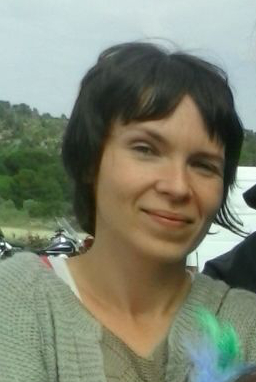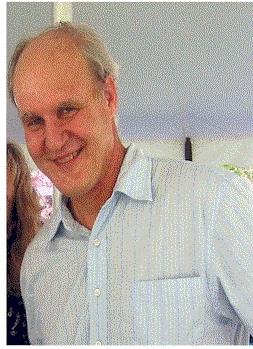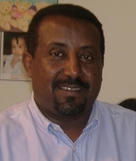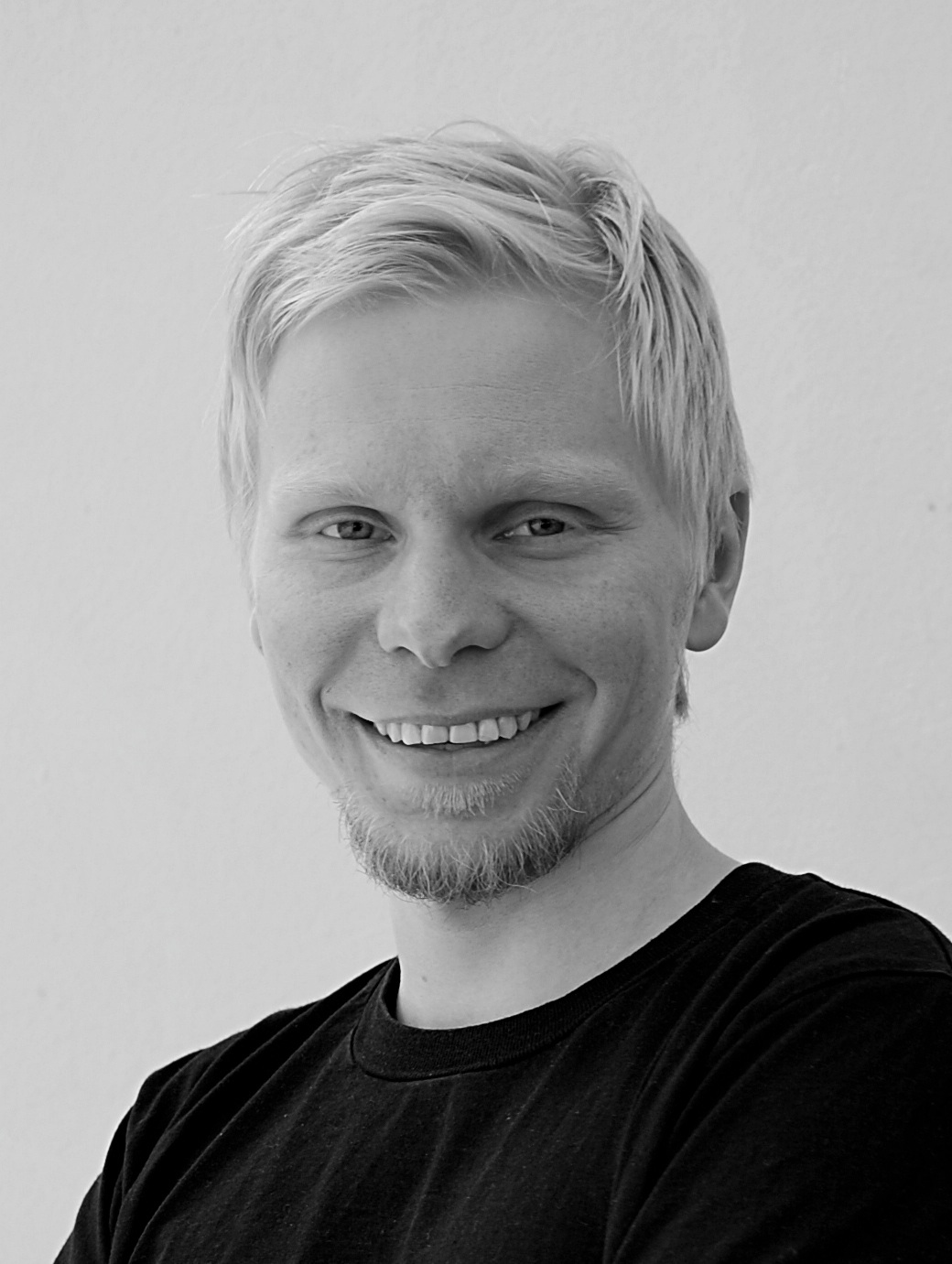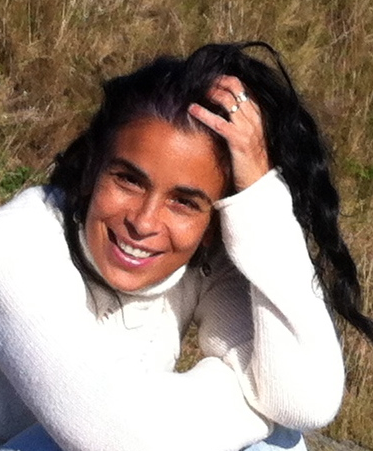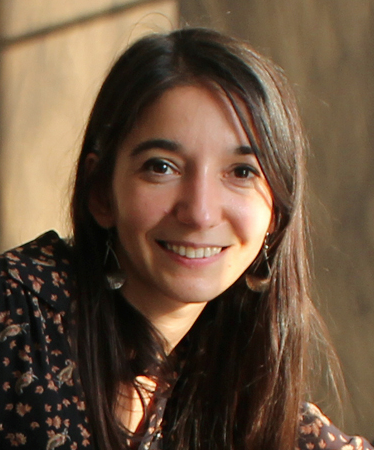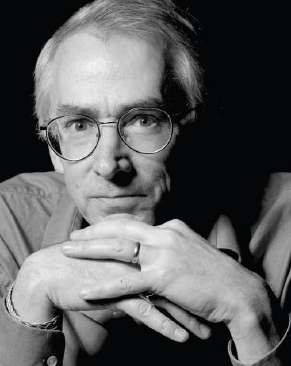Alain Ambrosi (Canada) is a designer and producer of intercultural projects, independent researcher, author, videographer and producer of the Remix The Commons Project.
Patterns of
COMMONING
Mapping Our Shared Wealth: The Cartography of the Commons
By Ellen Friedman
If a picture is worth a thousand words, a map is likely worth a thousand pictures. Since 2010, hundreds of commons and “new economy” mapping projects have sprung to life. By depicting thousands of innovative social, environmental and economic initiatives, these maps reveal the complex stories of new systems emerging through the cracks of the old, like dandelions through broken concrete.
The maps serve many purposes at once. They help amass new groups of commoners by giving them shared digital platforms. As the maps become dense with user-contributed information, they show the growth of horizontal, participatory power, especially in reclaiming rights to manage shared resources. These resources include everything from valuable urban spaces and lakes to fruit orchards accessible to anyone, environmental projects and hackerspaces. The many maps depicting commons and people-centered economic projects tell the story of communities rejecting the status quo, reconnecting with the places they inhabit, and creating a renaissance through new relationships.
Below, we describe some of the more notable projects that map commons. (A complete list of maps and weblinks is included below.)
A significant number of mapping projects focus on urban commons. Mapping The Commons(.net), founded in 2010, uses an open-workshop process to ask people to identify important common assets in their cities. Developed by principal investigator Pablo de Soto in conjunction with local research fellows, the Mapping the Commons workshop methodology has been used in Athens, Istanbul, Rio de Janeiro, Belo Horizonte, São Paulo, Quito and Grande Vittoria. Workshop participants describe their relationship to each city’s commons and name the unique natural resources, cultural treasures, public spaces, digital commons and social actions that matter to them. Short videos are then produced and overlaid on an online map of the city. De Soto’s paper, “Mapping the Urban Commons: A Parametric & Audiovisual Method,” received the Elinor Ostrom award in 2013 in the category of “Conceptual Approaches on the Commons.”
Italians are forging some of the most innovative projects. World of Commons is a map that identifies forms of collective governance that constitute “best practices” for a variety of resources such as housing, public space, pastures, forests, and lands that have been treated as common property since medieval times. The project was created by LabGov, the LABoratory for the GOVernance of Commons in Rome, which itself is a collaboration between Labsus (Laboratory for Subsidiarity) and LUISS Guido Carli Department of Political Science. LabGov is attempting to develop experts on commons governance and new institutional forms. To promote its ideas, LabGov offers a series of educational workshops in partnership with the cities of Rome, Bologna, Taranto, and the province of Mantua. The Bologna Lab has been particularly focused on developing new types of collaborative governance for urban commons. It has mounted a campaign to bring the principle of “horizontal subsidiarity” to Italian cities as a way to give citizens a constitutional right to participate directly in all levels of government.
Another mapping project in Italy is Mapping the Commons(.org) – unrelated to the Pablo de Soto venture of the same name. The mapping initiative was part of the initial unMonastery project launched in Matera in early 2014. The unMonastery is a social commune that is trying to help communities suffering from unemployment, empty buildings and a lack of social services.1 The project engages skilled people and local citizens in a collaborative process to develop innovative solutions. Mapping the region’s cultural assets, local traditions, knowledge and stories are used to assist this process.
The Great Lakes Commons Map is unique in its focus on a bioregional ecosystem. The map was launched in May 2012 by Paul Baines, a teacher in Toronto, during a multicity educational tour organized by the Council of Canadians, an activist group that focuses on water as a commons. The Great Lakes Commons is a collaborative effort among many groups – including the Council of Canadians, On The Commons, indigenous peoples, municipalities, and urban and rural citizens – to create effective stewardship and governance of the Great Lakes. The Great Lakes Commons Map invites people to tell their own stories of personal experience and community healing and environmental harm at various locations around the lakes. The map includes lively videos and narratives as well as map layers that identify the locations of First Nations, pipelines and bottled water permits as well as supporters of the Great Lakes Commons Charter. The map is itself a commons in several respects: its stories and data come from people who love the Great Lakes, the map is shareable under a Creative Commons license, and the map platform is powered by Ushahidi, an open-source crisis mapping platform.
The P2PValue project maps a wide variety of digital projects created through Commons-Based Peer Production (CBPP), which is a form of online social collaboration among large numbers of people in producing valuable information and physical products. P2PValue was created by a consortium of six academic partners to support the creation of public policies that benefit the commons.2 P2PValue has identified over 300 CBPP projects from which it has identified best practices and favorable conditions for horizontal collaborative creations. Because digital commons as artifacts of cyberspace cannot be mapped geographically, P2PValue’s projects are listed in a searchable directory. The project is open to public contributions, and all project data and source code are freely available.
Some mapping projects focus on resources and organizational forms in the “new economy” and solidarity economy. Shareable and its global Sharing Cities Network have hosted dozens of “mapjams” in 2013 and 2014 to bring together urban commoners to compile notable sharing projects. The mapjams produced more than seventy urban maps that identify local coops, commons, public resources, and sharing-oriented platforms and organizations. Shareable cofounder Neal Gorenflo says, “Taking stock of your resources is frequently a precursor to action. Such maps indicate an intention, change the mindset of participants, and are a practical organizing tool.”
The focus of Vivir Bien’s mapping project is the solidarity economy and a variety of noncapitalist, not-for-profit initiatives and organizations. Founded in Vienna in 2010 by the Critical and Solidarity University (KriSU), the Vivir Bien mapping project has a European focus. The project website is Creative Commons licensed and utilizes OpenStreetMap.
The explosion of new mapping projects is itself creating new challenges that are currently being addressed. One of the most remarkable is surely TransforMap, which emerged in early 2014 from a collaboration of programmers and various people developing alternatives to the prevailing economic model in Germany and Austria. They concluded that all the maps being created need a common digital space. So they began working on an open taxonomy based on the criteria of human needs, which can be used globally. The global mapping process is guided by the motto: “There are many alternatives. We make them visible.” TransforMap is intended to make it just as easy for people to locate the closest place for sharing, exchanging, or giving things away in their own neighborhood as it is to find the nearest supermarket. Standardizing the datasets – a mid-term goal – will make it possible to amalgamate data from various existing maps into a single, open and free map, most of which will be made available on OpenStreetMap.
CommonsScope is a project of CommonSpark, a Texas-based nonprofit. CommonsScope features several collections of maps and visualizations about commons and common-pool resources. The website is a portal to several hundred commons-related maps including ones focused on food, community land trusts, social movements, public assets, indigenous cultures and sharing cities. Some of the more notable maps of specialized concerns include FallingFruit (a global map identifying 786,000 locations of forageable food), a map of Free Little Libraries (free books available in neighborhoods around the world), a global Hackerspace map, a global Seed Map, a map of all Transition communities, and several Community Land Trust directory maps. CommonsScope also features in-depth profiles for existing commons projects. The TransforMap initiative and the P2P Foundation also steward large collections of commons and new economy maps.
Thanks to many enterprising cartographers, a growing universe of commons and new economy maps is helping people see and reclaim all sorts of resources that have been systematically destroyed by colonial and capitalist cultures. The maps are also helping people create new forms of community self-governance and increase awareness of commons stewardship. Taken together, these maps tell the big story of this historic moment – how system-change originating from the grassroots is radically altering civilization from one that exalts private wealth to one where wealth is shared. The maps are far-seeing tools that empower us with the means to accelerate the emergence of a just and thriving world.
| Notable Maps and Their Weblinks | |
| CommonsScope | https://www.commonsscope.org |
| Falling Fruit | https://fallingfruit.org |
| Free Little Library Map | https://littlefreelibrary.org/ourmap |
| Great Lakes Commons | https://greatlakescommonsmap.org |
| Great Lakes Commons Map | https://greatlakescommonsmap.org |
| Hackerspaces | https://hackerspaces.org/wiki/List_of_Hacker_Spaces |
| Mapping the Commons(.net) | https://mappingthecommons.net |
| Mapping the Commons(.org) | https://mappingthecommons.org |
| National Community Land Trust Network | https://cltnetwork.org/directory |
| P2P Foundation maps | https://www.diigo.com/user/mbauwens/P2P-Mapping |
| P2Pvalue | https://www.p2pvalue.eu |
| Seed Map | https://map.seedmap.org |
| Shareable Community Maps | https://www.shareable.net/community-maps |
| TransforMap | https://transformap.co |
| Big Transition Map | https://www.transitionnetwork.org/map |
| Vivir Bien | https://vivirbien.mediavirus.org |
| World of Commons (LabGov) | https://www.labgov.it/world-of-commons |

Ellen Friedman (USA) is project lead and founder at CommonSpark. Her work as an activist and professional counselor focuses on individual and collective wellness and liberation.
- https://unmonastery.org
- The partners include the University of Surrey (UK), Centre National de la Recherche Scientifique (France), P2P Foundation (Belgium/Thailand), Autonomous University of Barcelona (Spain), Universidad Complutense de Madrid (Spain), and Universita deli Studi di Milano (Italy) as well as twenty-seven individual consortium members from Spain, Italy, Netherlands, France, Ireland, United Kingdom, India and Luxembourg.
